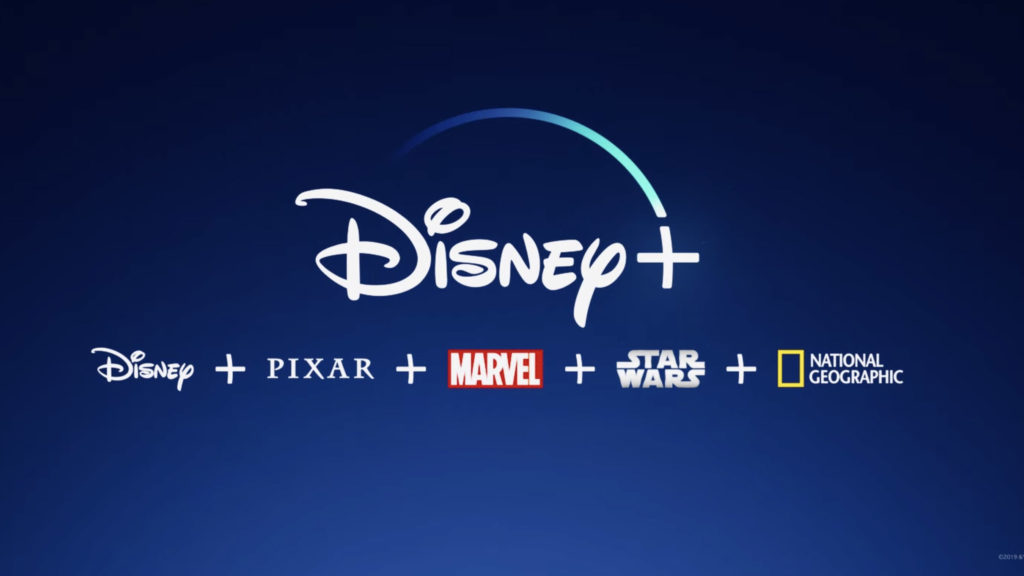With so many streaming services out there, it can be quite daunting to choose the right service that is right for you. It can be easy to observe the cost of all services, add them up and have your head spin at the total cost. Worth noting, however, was that there was a time in the age of cable when such options of picking and choosing were not viable. If you wanted to watch one show on cable, you had to buy the whole cable package. You probably didn’t have to buy HBO but you still had to purchase quite a few channels you wouldn’t be watching. It helps to put things in perspectives and take a look at just how much some streaming channels are worth. Take a gander at the economics of these top platforms.
Netflix is certainly the strongest contender for the most original content. With their many exclusive series and movies, they also offer the most options in terms of pricing. For only $9 monthly, content can be watched in standard definition. High definition costs $13 monthly and 4K will run you $16 monthly. For that amount, Netflix does boast plenty of must-watch content if you’re big into following everything from festival favorites to TV revivals to Academy Award nominated films. 2019 saw their original films of Marriage Story, The Irishman and American Factory being nominated for Oscars. Although many users still face troubles trying to sort through their excessive library of content, the interface is by far one of the most accessible and is constantly being tinkered with to be more user friendly. In particular, their latest additions were lists for curating specific categories.
Amazon Prime is a rather interesting beast in that it costs $13 monthly or $119 annually, but also covers a wide array of Amazon services from free delivery on orders to Kindle rentals. Though the usefulness of such range may depend on how much you use Amazon, the video service offers plenty of original content worth checking out. Their various TV series such as The Marvelous Mrs. Maisel and Fleabag have become strong award-winners and audience pleasers. They also have plenty of original films but most of them take their time coming to the services as several films go for theatrical releases first. Some of their original films, however, arrive relatively early on Prime, as with the award-winning Honey Boy arriving not too long after theatrical release. Hosting the less popular but more revered smaller films of A24, Prime is most perfect for those seeking independent and smaller films.

Disney+ is one of the cheapest services while also offering the most desirable of popular content. Housing the likes of Star Wars, Marvel and a host Fox content in their recent acquisition, the streaming service only runs $7 monthly or $70 annually. This is an easy choice for a family that digs Disney but doesn’t want to pay an extraordinary amount for their rather pricey DVDs and Blu-rays. They’re also home to original series for Star Wars and Marvel tie-in shows so it’s also an easy choice for genre fans. Worth noting is that for $13 Disney+ will also come bundled with Hulu and ESPN+, which is still rather cheap considering the individual pricing of each.
Vudu is an interesting beast in that they started out merely being another landing page for digital rentals and movie lockers, only to expand into free ad-supported content. The price for rental and purchases is about average, only about $1 more expensive in most cases, but the ad-supported content is rather hit or miss. On a computer, I’ve had little issue with ads loading up and getting back to the content, aggravating as they may be for breaking up the content. However, when viewed on a top-end Roku, the ads tend to take longer to load than most other streaming services. In comparison to other ad-supported content such as Crackle or FilmRise, Vudu is a bit sluggish which may turn off viewers to either buy the content or forget about it. An incentive to use the service has been providing purchase credits but often I’ve found these don’t often work even if the content is watched from beginning to end. Despite featuring a few originals, the ad system may have to be revised or replaced with a subscription service, considering MGM wants to produce some original content through Vudu.
The Criterion Channel is one of the few channels that values both additional features and physical media. The channel itself is based out of the Criterion Collection website, a distributor of the highest-quality content for an eclectic selection of films from around the world. For $12 a month, the application gives users access to most of their content as well as films that have yet to receive spiffy Blu-ray releases from the company. Though they most specialize in classic films from the 20th century, a number of more recent foreign films have had exclusive streaming debuts on the service. While not true for all titles, most of the bigger films come bundled on the service with special features, including audio commentary, interviews and behind the scenes extras. Making the service even more beneficial for those who value physical media, Criterion will often credit users with coupons for the store to purchase DVDs or Blu-rays of the films on their service. The layout is also exceptionally easy to use. The home page often collects current films into thematic categories most relevant while the search function can cover everything from genre to director to country of origin. The service is a great value for those who can’t afford these astounding yet expensive Criterion releases.




















